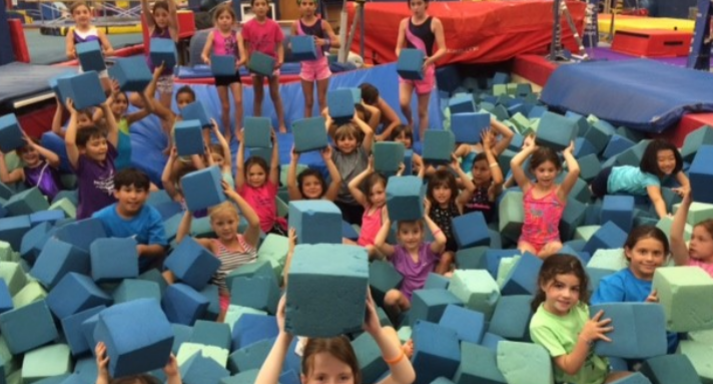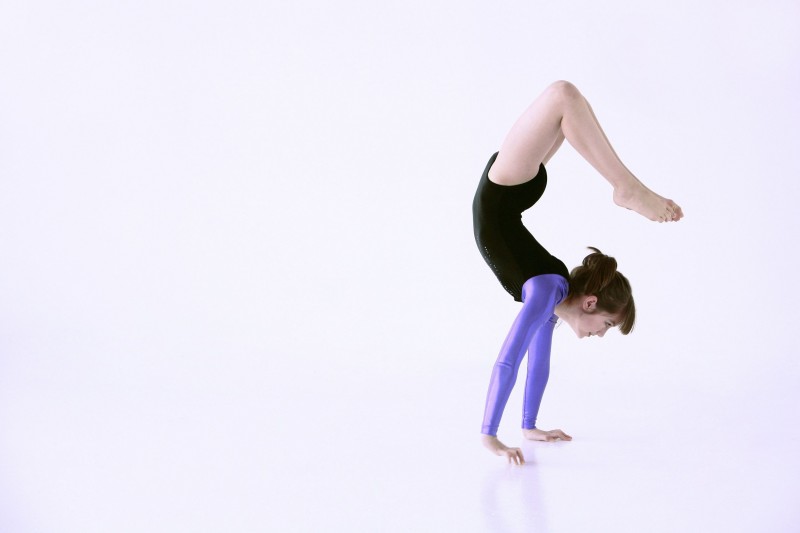If you go to any other store than a sporting goods store, you will likely see a few different volleyballs on the shelf and pick on up to play a fun game with friends or family. However, most people don’t realize that there are differences between volleyballs. There are actually two types of ball, including outdoor and indoor. Each one has small variations in them to be better played in the area for which they are meant.
Indoor
While some balls are different, most indoor balls are made from leather and are much heavier than other balls. However, there are different leather grades available and the better the grade, the higher the price of the ball. While this isn’t a perfect way to tell the difference between quality, in most cases the better the leather, the softer the ball. Many men prefer a hard volleyball so that they can hit harder, but players in the back row will usually want a softer ball.
In most cases, indoor games are about power so heavier balls can be hit hard and will move quickly through the air. The standard circumference for an indoor ball is about 25.5 to 26.5 inches and should be between 9.2 and 9.9 ounces in weight when aired up.
Colors can vary though when the sport first became popular, full white balls were the only option. Now, solid white balls are still used, but combinations of colors can be used. Most prefer two contrasting colors, though three colors are also used, such as red, green and white.
Outdoor
Outdoor, or beach, volleyballs are usually softer, bigger and lighter than indoor varieties. Beach volleyball isn’t about power, but having fun, working up a sweat and getting the ball over the net. Because there are more variables with playing outside, the ball is lighter and softer. The lightness allows the ball to float through the air better, which uses the weather to the advantage of the players.
Another variation of the outdoor ball is that they have a lower pressure and are rougher to the touch than other balls. While most people don’t fully notice the roughness of the ball, especially while playing outside in the sand, some will. However, it is believed that the players will sweat more from being outdoors in the hot sun, and the rougher surface allows them to get a better grip on the ball.
Volleyballs have been around since about 1900 and have come a long way with bright colors and sizes. Purchase yours today at Realvolleyball.com

Realvolleyball.com


